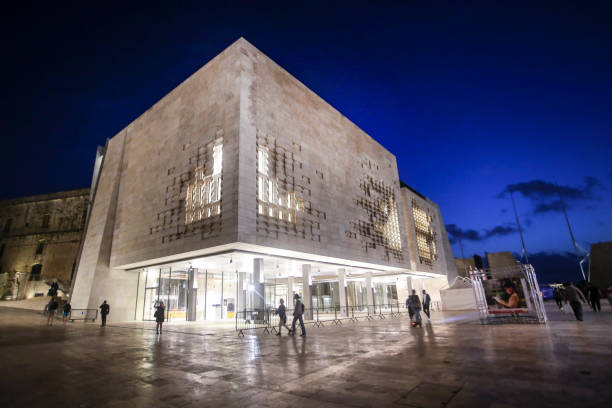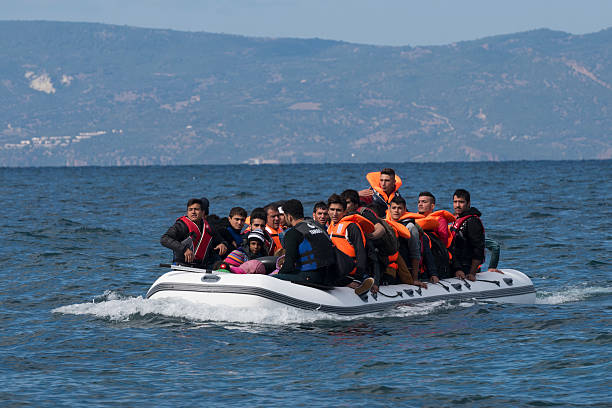Understanding Malta’s Electoral System
Proportional Representation, Adjustment Mechanisms, and Legal Challenges
As Malta gears up for another electoral cycle, the spotlight often falls on political party dynamics, voter trends, and survey results. However, the real foundation of Malta’s democratic process lies in its unique electoral system, governed by constitutional safeguards, legal frameworks, and a proportional representation model. In this article, we explore the structure of Malta’s electoral system, the seat adjustment mechanism, the increasing influence of third parties, and the legal cases that have shaped its evolution.
The Legal Framework of Malta’s Electoral System
Malta’s electoral process is enshrined in the Constitution of Malta and the General Elections Act (Cap. 354 of the Laws of Malta). Elections are overseen by the Electoral Commission, an independent constitutional body tasked with ensuring fair and transparent elections.
Key Legal Instruments:
- Constitution of Malta
- General Elections Act (Cap. 354)
- Local Government Act (Cap. 363) – for local council elections
- European Parliament Elections Act (Cap. 467) – for European Parliament elections
The Single Transferable Vote (STV) System
Malta employs the Single Transferable Vote (STV) system, a form of proportional representation used in multi-member districts. This allows voters to rank candidates in order of preference (1, 2, 3, etc.), promoting both majority and minority representation.
Key Features:
- Quota Calculation: The Droop Quota is used to determine the number of votes required to secure a seat.
- Vote Redistribution: Surplus votes from elected candidates and votes from eliminated candidates are redistributed according to voters’ next preferences until all seats are filled.
This system not only ensures proportionality but also encourages voter engagement beyond party lines, through what is referred to as cross-party voting, allowing personal preferences to influence outcomes.
The Seat Adjustment Mechanism: A Constitutional Safeguard
One of the most distinctive features of Malta’s electoral system is the seat adjustment mechanism, introduced through constitutional amendments following the 1981 electoral crisis.
Why Was It Introduced?
In the 1981 general election, the Partit Nazzjonalista (PN) won the majority of the national vote but failed to secure a parliamentary majority due to district-based seat allocation. This resulted in a constitutional crisis where the Partit Laburista (PL) formed the government despite losing the popular vote.
To prevent such discrepancies, the Constitution was amended to introduce an adjustment mechanism that ensures the party winning the majority of valid votes secures a corresponding majority of seats in Parliament.
When Does It Apply?
- Applicable: When only two political parties secure seats in Parliament.
- Not Applicable: If three or more parties win seats, the mechanism is not triggered as the multi-party representation is deemed to reflect proportionality.
This has made the potential presence of third parties in Parliament highly significant, as even a single seat won by a smaller party can nullify the adjustment mechanism, influencing the balance of power.
The Growing Influence of Third Parties
While Malta has historically been dominated by two major parties—Partit Laburista (PL) and Partit Nazzjonalista (PN)—the role of smaller third parties is becoming increasingly pivotal.
Key Impacts of Third Parties:
- Blocking the Adjustment Mechanism: If a third party secures even one seat, the adjustment mechanism does not apply. This can prevent the largest party from gaining extra seats to secure an outright majority.
- Kingmakers in Parliament: In tightly contested elections, smaller parties can hold the balance of power, influencing legislative outcomes and coalition dynamics.
- Broadening Political Discourse: Third parties often introduce niche issues into mainstream debates, enriching Malta’s political landscape.
For example, parties like ADPD (Alternattiva Demokratika–Partit Demokratiku) have increasingly challenged the traditional two-party dominance, highlighting environmental issues, governance reforms, and civil liberties.
Gender Representation Quotas in Parliament
In 2021, Malta introduced a gender corrective mechanism to address the underrepresentation of women in Parliament. This constitutional amendment aims to ensure greater gender balance through additional seat allocations.
How It Works:
- Trigger Condition: If less than 40% of elected MPs are of the underrepresented gender (currently women), the mechanism is activated.
- Allocation: Up to 12 additional seats (6 per party) can be added to Parliament, allocated to the underrepresented gender based on party performance.
- Duration: The mechanism will be in place for 20 years from its introduction unless reviewed earlier.
This reform marked a significant step towards gender equality in Maltese politics, with the 2022 elections witnessing the largest number of female MPs ever elected.
Conclusion
Malta’s electoral system is a dynamic framework that balances proportional representation, constitutional safeguards, and democratic fairness. The adjustment mechanism, the rise of third parties, and reforms like the gender corrective mechanism reflect the country’s commitment to evolving its democratic processes.
While the system has faced challenges, particularly in periods of political tension, Malta’s legal framework has proven resilient, with the Constitutional Court serving as a critical guardian of electoral integrity.







